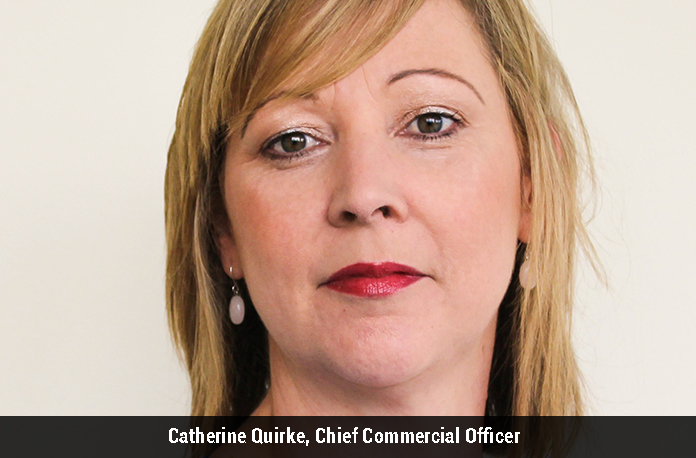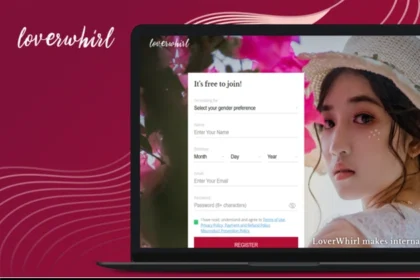The workload keeps stacking. Reports take too long to assemble. A client sends a surprise escalation again. You’re already behind before the day even starts. When you’re stuck in reactive mode, you spend your time fixing yesterday’s problems while today’s are already building up.
This article explores how to shift from lagging indicators to live team-level visibility that keeps you ahead of SLA risk. Remote worker tracking tools help you catch performance threats early, act faster, and back every decision with real-time proof.
What You Don’t See Slows You Down
When performance dips go unnoticed until reports confirm the damage, it’s already too late. Without real-time visibility, small gaps in output, focus, or alignment stack up quietly until they affect SLA delivery.
Here are four visibility gaps that quietly slow remote teams down:
- Missing Shift-Level Trends: Performance issues hide inside team-wide averages without hourly or shift-based views.
- No Visual Baselines for Output: Spreadsheets don’t show patterns fast enough to act on productivity or usage drops.
- Burnout Cues Go Unnoticed: Subtle dips in focus or engagement fly under the radar until quality or attendance suffers.
- Coaching Comes Too Late: Performance feedback is based on past reports instead of what’s happening right now.
5 Ways to Use Live Data to Stay Ahead of SLA Risk
Fixing blind spots starts with rethinking how you measure and act on performance. Live team data gives you back control so you’re not waiting for a red flag to appear in the weekly report.
Here are five ways to use live data to spot SLA threats early and take action fast:
1. Pinpoint SLA Risk with Shift-Level Insights
You need a quick read on when and where performance is starting to dip. Shift-level views surface discrepancies fast, letting you spot trends in real-time instead of retroactively explaining them.
This tactic matters when client-facing output is split across time zones or coverage windows. Early signals like slow handle times or missed wrap metrics show up sooner when you can compare remote teams across hours, not just days.
Apply it by checking mid-shift performance snapshots. If team A closes 45% of cases before noon while team B closes 70%, you know where to focus. That’s how you respond before a client spots the imbalance.
How can software for tracking catch shift-level SLA dips early?
Software for tracking shows live performance by time of day, team, or location. When one shift’s case resolution rate starts dropping mid-way through a coverage block, the tool flags the dip immediately so you can reassign workload or step in before SLAs are missed.
2. Use Heatmaps to Prove Team Output at a Glance
Heatmaps turn spreadsheets into patterns you can see. They make it easy to highlight trends in productivity, app usage, or time-on-task without needing custom reports.
This approach helps you back up coaching, reassign work, or justify escalations. It’s also the fastest way to show leadership or clients that performance is being watched, measured, and addressed with data.
Start by setting visual benchmarks. Red means underperforming, and green means on target. Within seconds, you’ll know whether your action is needed or if the team is exactly where it should be.
How can a workforce intelligence platform make team output easier to validate?
Insightful workforce intelligence platform turns raw activity data into visual benchmarks across teams or shifts. When one remote team’s productive time consistently falls below baseline, the heatmap reveals the pattern so you can address it before performance impacts client expectations.
3. Spot Burnout Before Output Drops
Burnout doesn’t always show up as missed deadlines. Often, it starts with longer idle time, lower app usage, or shorter productive stretches. The earlier you catch that shift, the faster you can protect output without overreacting.
This tactic works best when applied week over week. You’re looking for deviation from someone’s usual baseline, not a one-off dip.
Use time data to compare activity windows or identify sudden drops in deep work. Then check if workloads were fair or if they’ve quietly taken on too much. Preventing burnout is cheaper than replacing talent or justifying slowdowns.
How can the best computer tracking software predict burnout patterns early?
The best computer tracking software detects slow drifts in productive hours, active time, and tool use.
When an agent who usually maintains steady focus starts showing shorter active periods and longer idle gaps across several days, the tool flags the change so you can intervene before burnout affects output.
4. Reinforce Coaching with Live Performance Feedback
Don’t wait for a formal check-in to course correct. Live feedback lets you step in while the work’s still happening and still fixable. Companies that use continuous feedback see 14.9% lower turnover, and 85% of their team starts taking more initiative.
Use this when trailing indicators like quality scores or repeat issues don’t give enough lead time. Real-time data lets you step in mid-shift, while the work is still in motion.
Set alerts for key behavior shifts or missed KPIs. Block time to jump in fast, whether it’s a quick ping during the shift or a focused check-in before the day ends.
How can employee tracking platforms enable live coaching without micro-managing?
Employee tracking platforms trigger performance alerts the moment focus drops or output stalls. When an agent’s workflow suddenly slows during high-volume hours, the tool flags it so you can check in with support, not surveillance, and help them get back on track without waiting for a formal review.
5. Respond Faster with Real-Time Visibility Data
When data becomes part of your daily flow, you stop scrambling for answers. Monitoring tools turn performance signals into live insights that make forecasting your default.
Here is how a monitoring tool helps you respond to performance changes as they happen:
- Shift-Based Dashboards: Compare productivity across locations and time blocks to catch drop-offs early.
- Productivity Heatmaps: Spot inconsistent trends across teams without digging through spreadsheets.
- Idle Time Alerts: Identify underperformance before it affects SLA targets or triggers burnout.
- Live Activity Tracking: Surface coaching moments in real time instead of waiting for postmortems.
Conclusion
Shifting from delayed reactions to forward-looking decisions starts with visibility but only works when that visibility leads to action. Monitoring tools turn live team data into tactical moves that protect SLA targets in real time.
When that becomes part of your workflow, you spend less time defending results and more time improving them.










